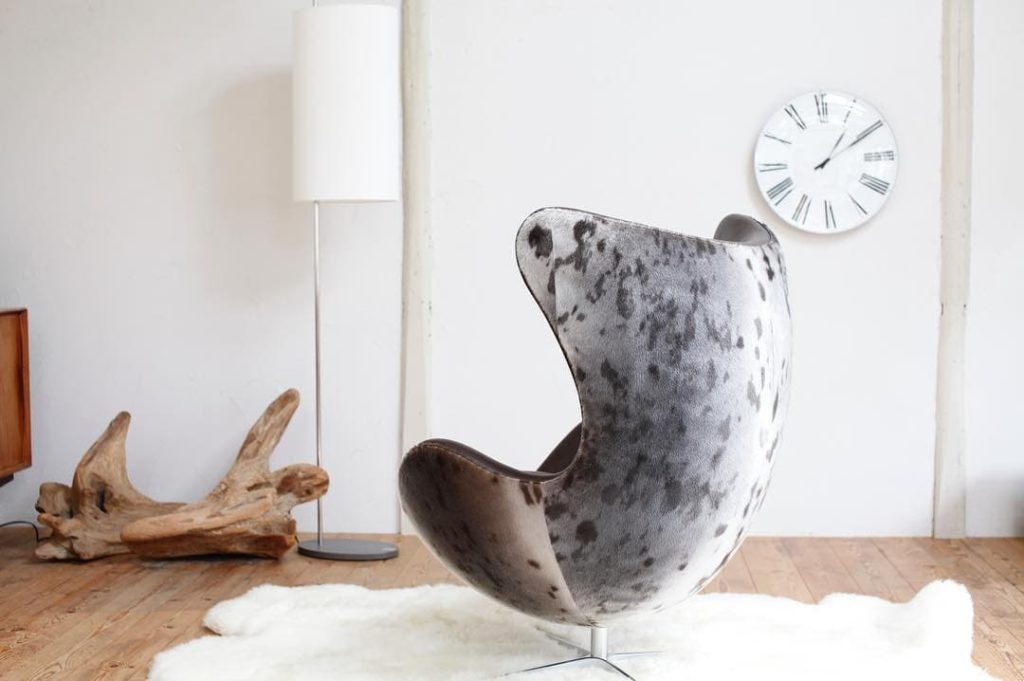News
What are seal skins good for?
From providing food to oil to warmth, seals are practically a lifesaver for many in northern communities. What makes seals so valuable in the Arctic?
The use of sealskin has gotten a bad rep from many southerners and activists since campaigns to end the seal hunt began back in the 1970s. However, much of that information spread is done so with little understanding of seals’ value to northern communities. For those living in the Arctic, seals are abundant and provide a source of clothing, food, nutrition, and even oil from its blubber. That has been the case for hundreds of years, as it acted as a means of survival for those who lived off the land. Today, it still serves that same purpose—especially in places where food insecurity remains high (also, it makes for a great meal). On top of its practical use, hunting and using seals helps to preserve culture and tradition. For many Inuit, it’s a connection to an old way of life and to their ancestors who used the same methods to provide for their families.
Sealskin is incredibly versatile and today, many designers are attracted to the fur material because it adds a striking accent piece to any look. Several modern designers, like Cheryl Fennell and Inuk 360, will often create boots, parkas, and mitts, alongside other items like jewelry bags, hats, and dresses that are embellished by seals’ unique patterns.
And those pieces certainly turn heads. Just look to celebrities like Tanya Tagaq, Shina Nova, and Tiffany Ayalik, who have all graced performance and award ceremony stages donning the one-of-kind pattern that only comes from seal skin.
View this post on Instagram
The seal has served these uses for centuries, back when people could rely only on the land. Even sailors who journeyed through the North used seal skin for warmth as the Inuit did, while making other items out of it, such as tobacco pouches to keep their tobacco dry.
Not to mention, every other part of the seal gets used for oil, food, and a healthy source of nutrition, as it is high in protein and low in fat. It’s also high in iron, zinc, magnesium, and Vitamin B12.
So, why is it so popular in so many northern climates?
The beauty of sealskin is that it serves many purposes, but it is best for winter climates due to its extreme warmth as well as the fact that it’s wind and waterproof. Things like wool don’t hold up well in frigid temperatures, as the cold seeps right through it, while seal skin keeps the cold out. On top of that, it’s also lightweight, unlike heavy wool. It may come as a surprise to see such a thin coat contain so much heat. That’s because it doesn’t need all that down as other parkas do because the seal skin is insulating enough. The fur is durable yet biodegradable, unlike many faux furs. Once its time does come (way down the road), seal skin won’t sit in the landfill for centuries to come. Plus, each skin is different from the next. So when making seal skin clothing, one can expect each piece to be unique.
Sealskin proves to be especially insulating when it comes to boots and mittens. Many of these products have a lining as well as outer fur. The lining holds much of the heat inside, while the outer fur acts as a wind and waterproof layer to keep the cold out. And with boots, a thick sole adds an extra layer between your foot and the snow-packed ground.
Decorating Your Home With Seal Couture
Seal skin’s versatility is a big reason why it has flourished within the design world. Its practicality makes it ideal for furnishings. It’s durable and can withstand long use, it’s warm for cold winter days, and it’s waterproof, for when things spill in the living room. But it’s seal pelts’ beauty and unique print that make it a gem for designer accessories and home decor.
The pattern on seal skin varies from each animal and can easily be dyed from brown to red to teal. Some designers have even created checkered patterns. Plus, depending on the animal itself, there are rough and more rugged versions of the fur and softer fluffier versions. Each kind works well for different types of designs.
We’ve seen designers create seal skin chairs, rugs, pillows, and ottomans, among other furniture. Some of the designers behind these pieces are Cheryl Fennell and ENB Artisan—both create other seal skin accessories as well.
View this post on Instagram
The Value of Seal Skin and Tradition
As mentioned, using seal skin is like a connection between the modern day and a traditional way of life. One way of using the material as a way of celebrating that culture is through the making of Ookpiks. Ookpiks, meaning snowy or Arctic owl in Inuktitut, is one of the most popular Inuit souvenirs. Northern Quebec resident Jeannie Snowball created the first ookpik in the early 1960s, because of an experience she had had when caught in a snowstorm. Snowball had been starving when an owl landed near her for her to capture it. The doll was an ode to the owl that saved her life.
The creature features a large head with big eyes and is made, of course, with sealskin. The ookpik became an official national symbol in 1963, when the federal government chose it to represent Canada at Philadelphia’s trade fair that year. After the fair, supplies of the owl couldn’t keep up with demand and there were even other versions of the doll created, including Ookpik’s friend Sikusi and Mrs. Ookpik. Although the craft is less popular among consumers today, it’s still considered significant to many Inuit.
Regardless of whether one chooses seal skin for practicality’s sake, style, or tradition, it quickly becomes apparent that the material exceeds expectations for every use.
Bibliography
https://en.wikipedia.org/wiki/Sealskin


 Français
Français 简体中文
简体中文 ᐃᓄᒃᑎᑐᑦ
ᐃᓄᒃᑎᑐᑦ